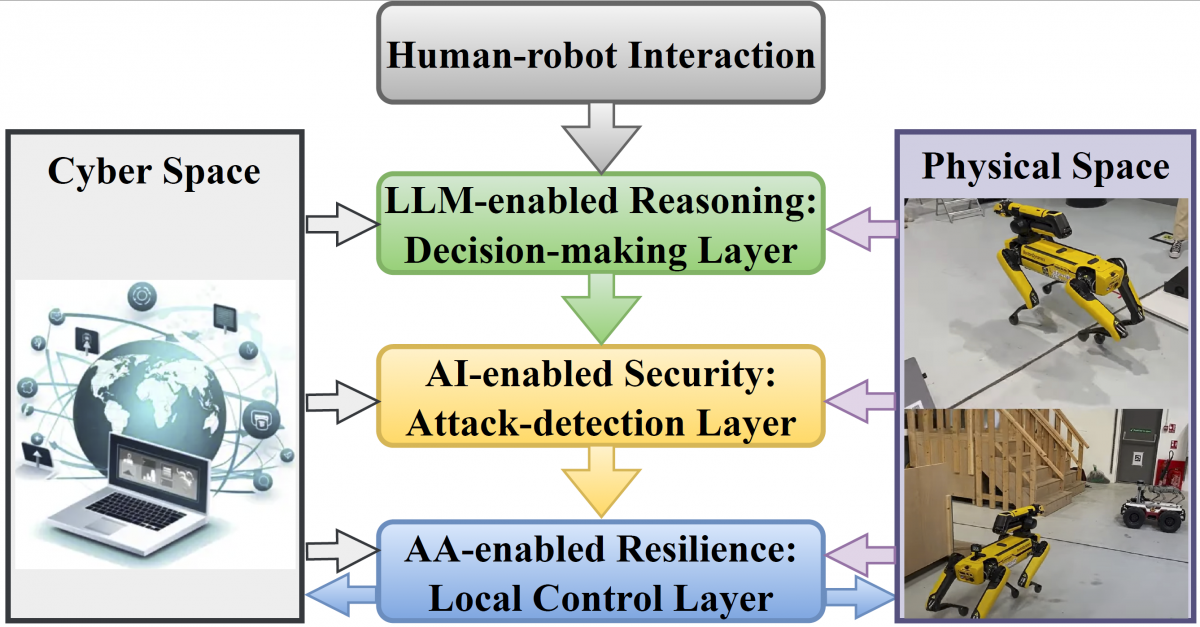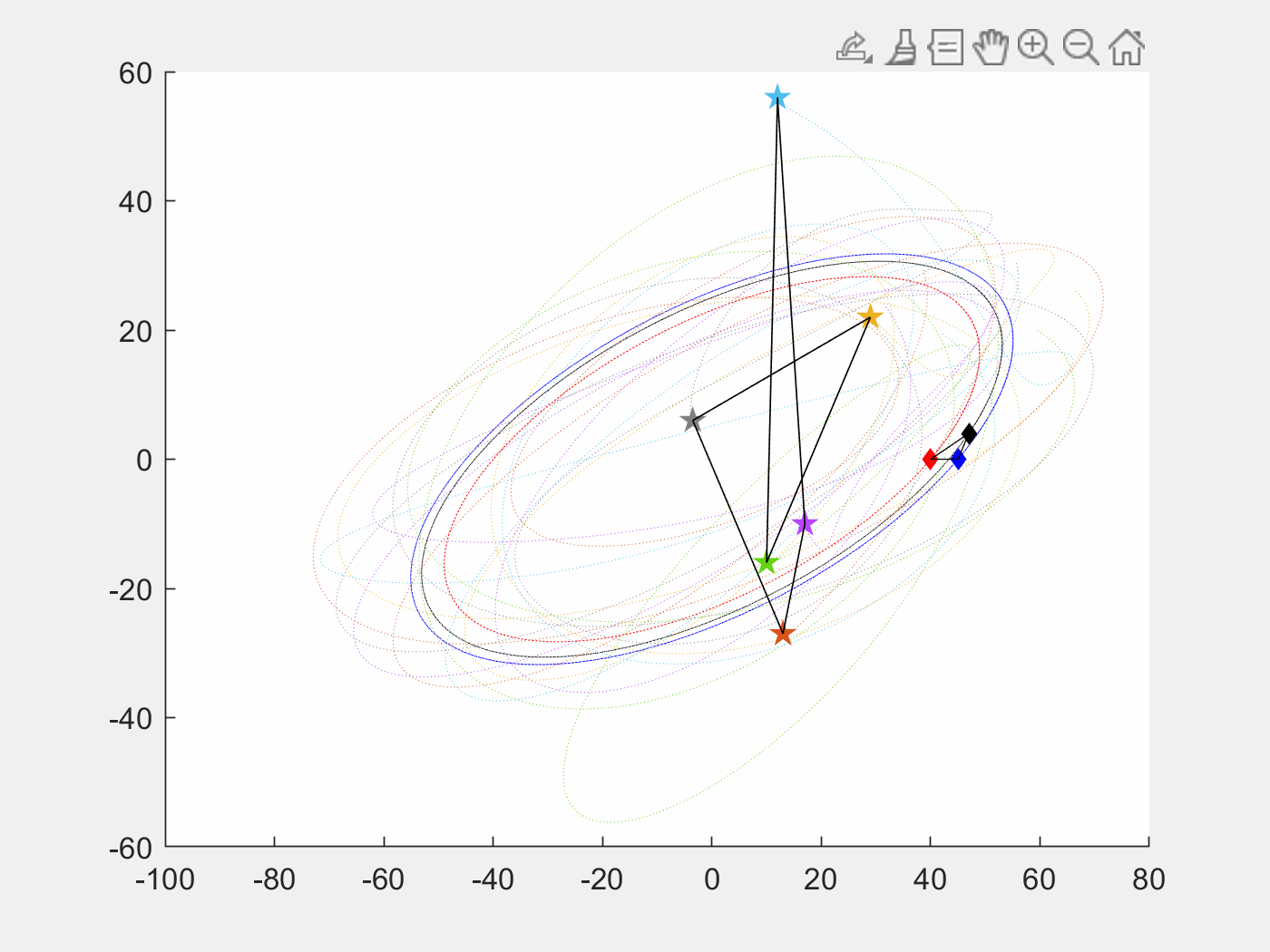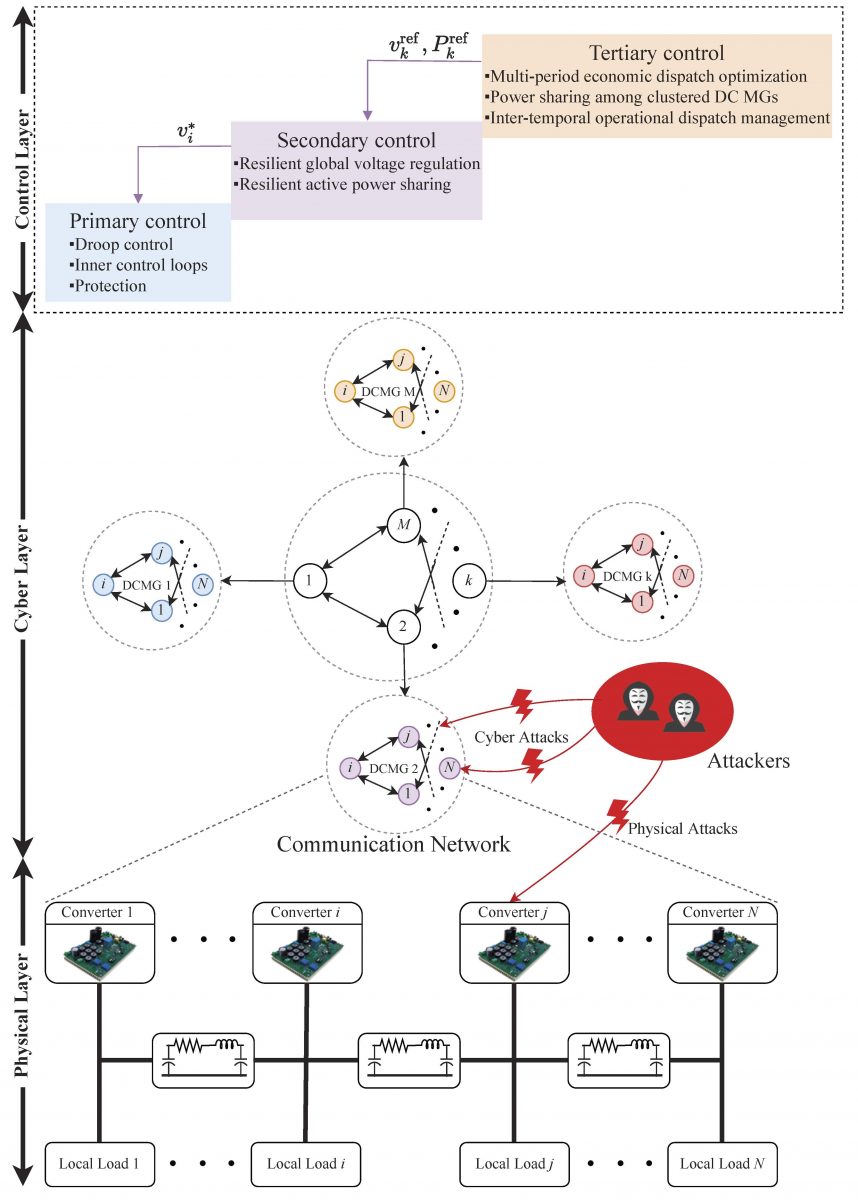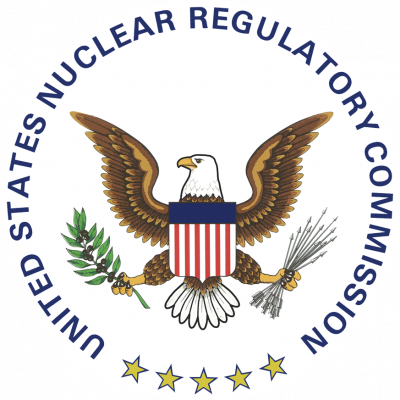
Enabling Reasoning, Secure, and Resilient Autonomy for Heterogeneous Multi-Robot Fleet in Nuclear Domain
This NRC funded project aims to enable reasoning, secure, and resilient autonomy for heterogeneous multi-robot fleet (HMuRF) in dynamic and adversarial nuclear environments.
Attack-Resilient Reinforcement Learning for Heterogeneous Multi-Agent Systems
The goal of this research is to bring deep reinforcement learning techniques together with attack-resilient control design to improve the resilience of heterogeneous multi-agent systems with completely unknown dynamics under malicious attacks in complex dynamic environments.

Resilient Hierarchical Control of Clustered DC Microgrids against FDI Attacks
This research considers a cluster of DC microgrids interconnected on sparse communication networks, which greatly enhances the reliability and effective utilization of DERs under geographic boundaries, main power supply, and functional differences. However, these distributed clustered DC microgrids on large-scale sparse networks lack a global situational awareness and therefore are highly vulnerable to malicious attacks from both cyber and physical layers in complex dynamic environments.
These malicious attacks could easily prevent system-level control goals, such as voltage regulation, and even lead to system instability that could cause catastrophic, widespread, and lengthy blackouts, which lead to tremendous losses of equipment and manpower. Toward this end, this research aims to develop a resilient and optimal hierarchical control framework for clustered DC microgrids under unknown and unbounded FDI attacks.
Image Description
Three layers that represent the topic area are the physical, cyber and control layer. The physical layer repreents several converters linked by circuits. The cyber layer represents several communication circular modules linked by the different microgrids. The third layer represents the different control structures that are primary, secondary and tertiary control.

We gratefully acknowledge the supports from:




